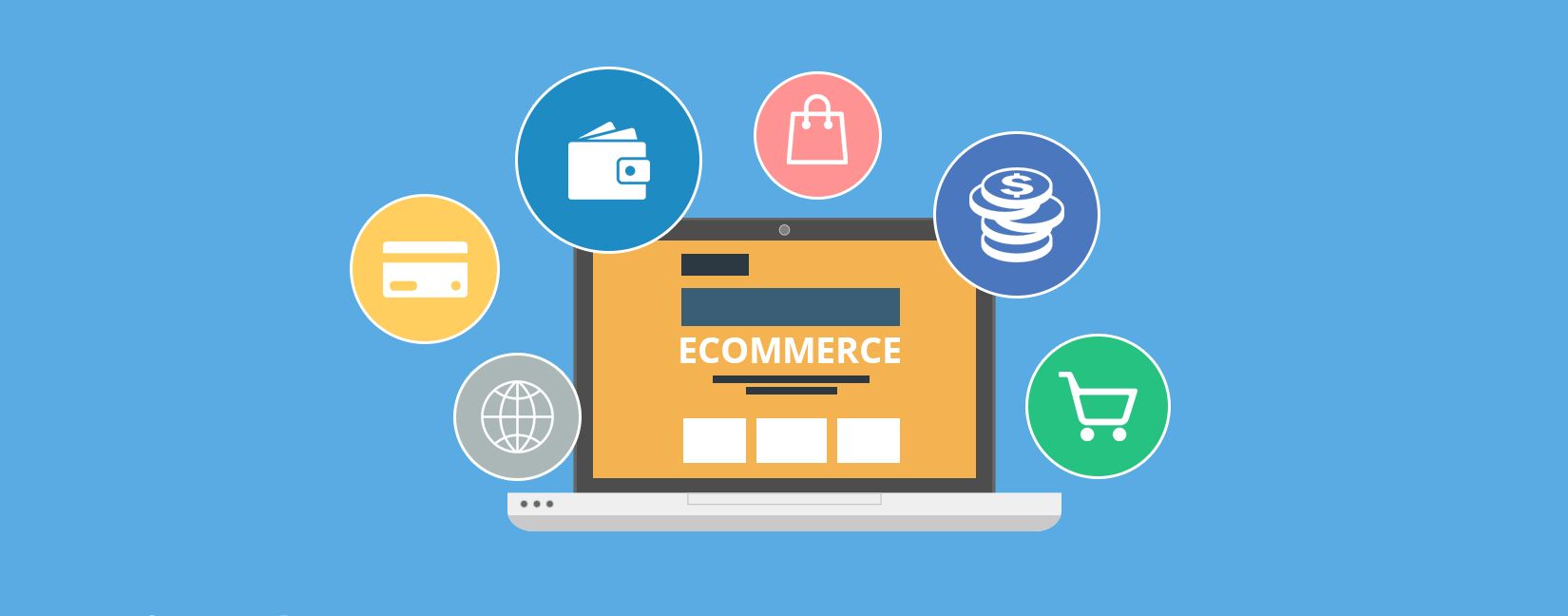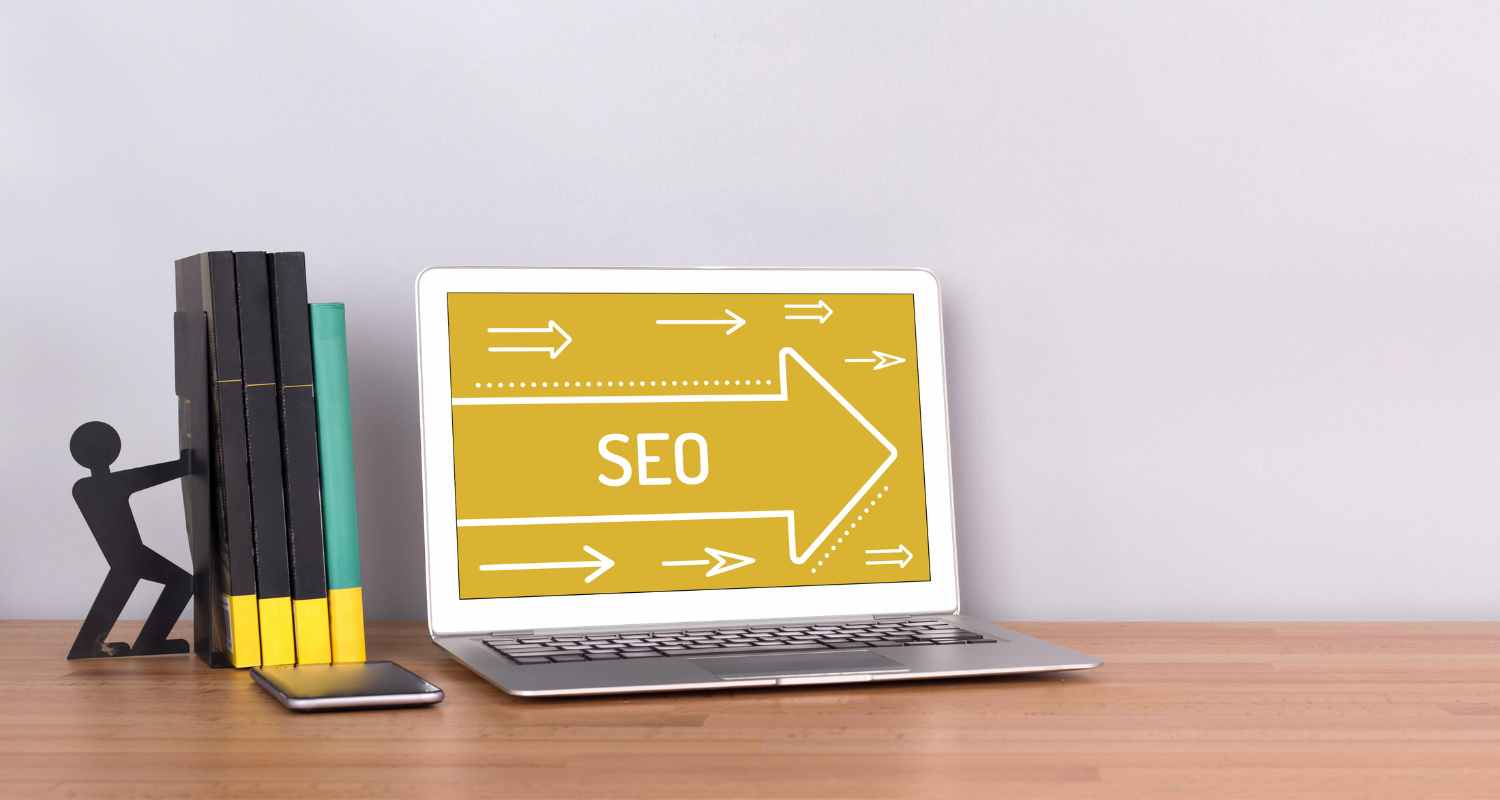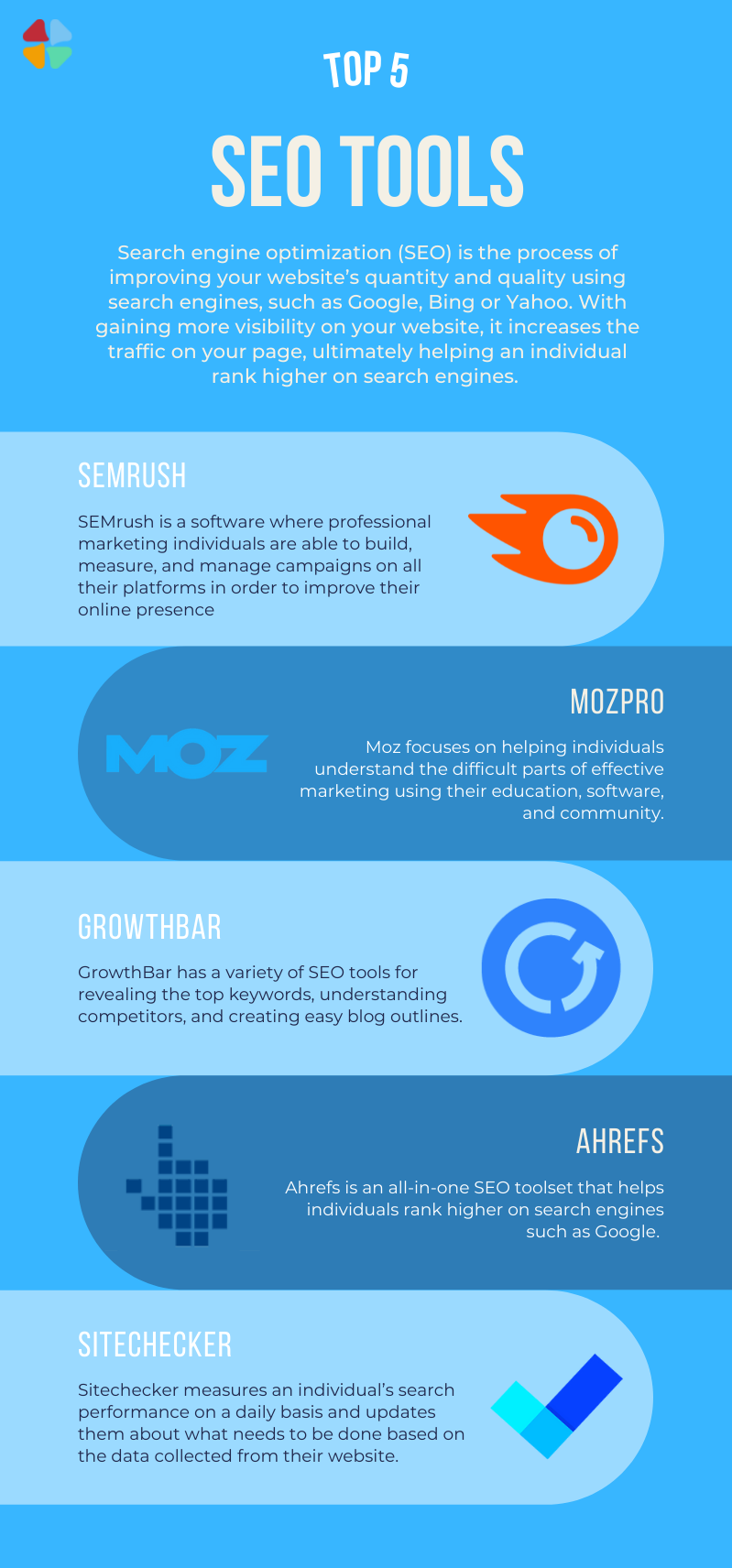E-commerce
What is E-commerce?
E-commerce, also known as electronic commerce or internet commerce, is buying and selling goods or services in an online platform. It is usually known as the transaction of physical goods on the internet. However, it can be a transaction of all goods and services.
E-commerce started on August 11, 1994, when the first online sale happened. The sale was when a man sold a CD to a friend through his website NetMarket, an American retail platform. This was the first physical good that was sold via the web which is now known as e-commerce.
Electronic commerce has made it easier for people to find and purchase these products through the online market. Many people have benefited from e-commerce, for instance, freelancers and small businesses which helped them to sell their goods and services at a higher rate.
Types of e-commerce Models
There are four main types of e-commerce models that best describe the transaction between consumers and sellers for goods and services.
- Business to Consumer (B2C): An establishment sells their good or service directly to the consumer. For instance, Buying a t-shirt from an online retailer.
- Business to Business (B2B): A business provides its goods and services for another business. For instance, a marketing company provides its service to another company.
- Consumer to Consumer (C2C): An individual provides their good or service to another consumer. For instance, individuals who sell their shoes to another individual through eBay.
- Consumer to Business (C2B): When a consumer sells their product or service to a business. An individual who is a photographer provides their service to a small business.
E-commerce Business Models
Most e-commerce happens in e-commerce webs but e-commerce can illustrate in many different forms:
- Retail: Products are sold by businesses directly to an individual consumer without anyone involved.
- Wholesale: Products are sold in bulk, to wholesalers and they will sell those products to final consumers.
- Dropshipping: Products are sold online, and shipped directly to the consumer but third-party is involved for managing distribution.
- Crowdfunding: The collection of money from consumers for a product before being available in the market just to raise the essential capital to bring it in the market.
- Subscription: Automated purchase that is made by the consumer until they choose to change or cancel their subscription.
- Physical products: Any goods that need an inventory to be stored and shipments are done physically to the consumers.
- Digital Products: Downloadable digital goods, templates, and media that needs a license to use them or need to be purchased.
- Services: Skilled labor or services can be purchased like hiring a plumber to fix the pipes of your house.
Please feel free to contact us regarding any questions about a e-commerce.







This Post Has One Comment
Like!! Really appreciate you sharing this blog post.Really thank you! Keep writing.
Comments are closed.